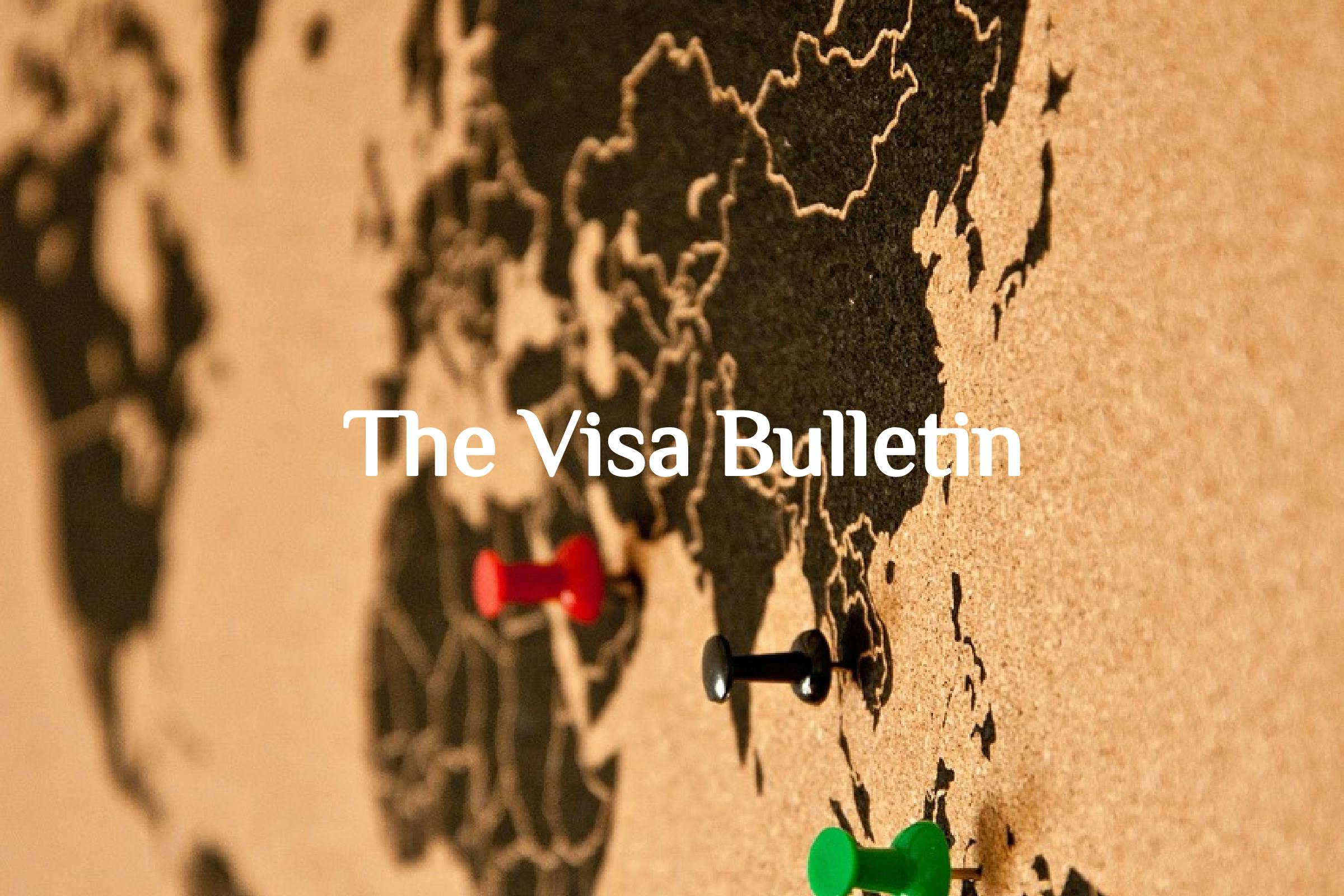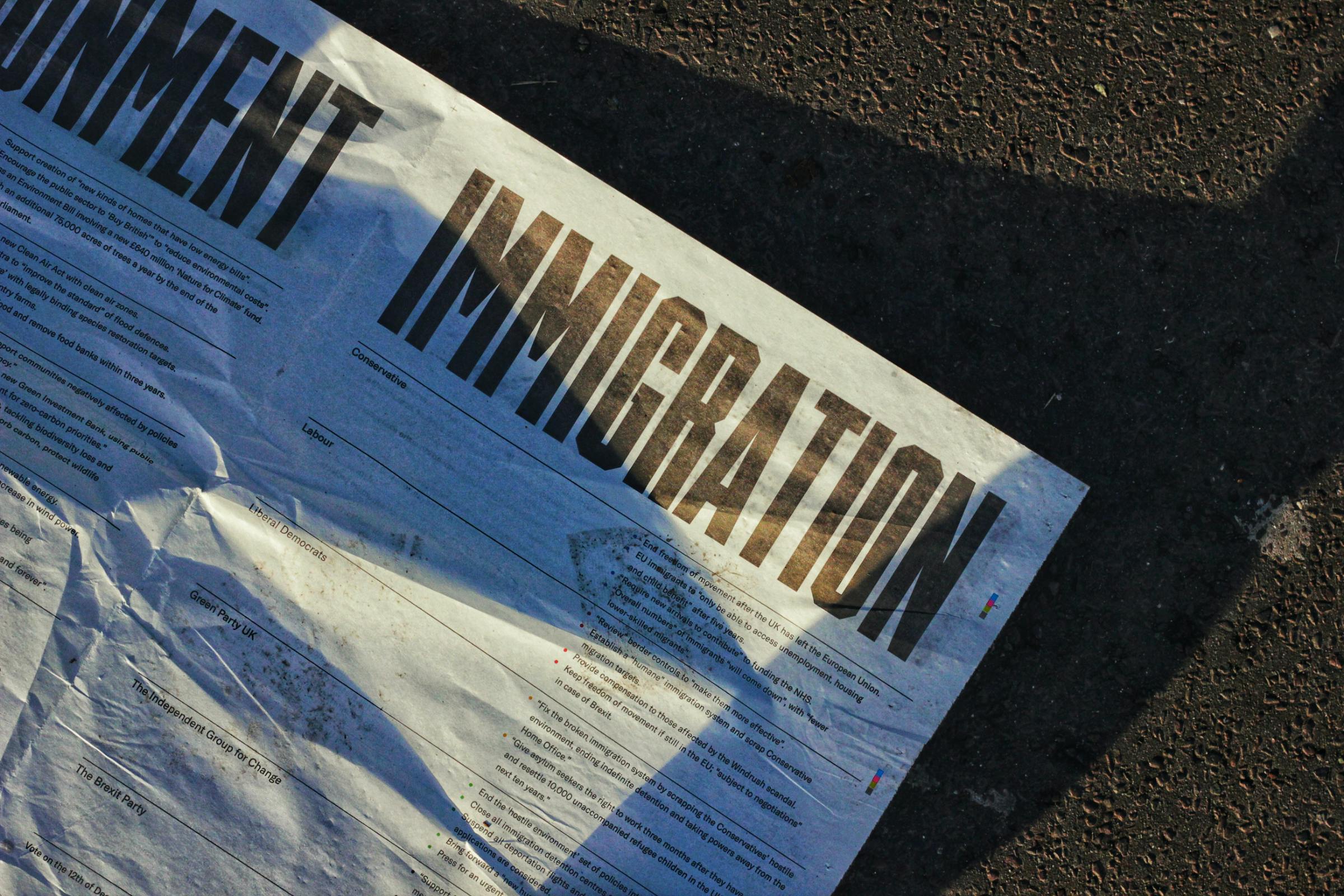Understanding the Visa Bulletin
With millions of people globally applying for a green card each year, it makes sense that the Department of State has one central resource for all things green card related. That resource is the Visa Bulletin.
The agency releases this bulletin each month. In the information provided, readers can see which green applications are moving forward. This momentum in a petition depends on the date of the initial filing of Form I-130. Even if the dates don’t apply to your petition, you can use them to estimate how quickly the queue is moving to get an idea of when your green card will be available.
H-1B Work and Family Green Cards
The Visa Bulletin is beneficial for those petitioning for a green card for themselves. But it’s also helpful if you are applying for a family green card for your overseas spouse or a US green card holder, parent, or unmarried dependent child (under 21).
However, if you are the spouse, parent, or unmarried child of a US citizen, the Visa Bulletin isn’t necessary, as there is no wait time necessary. On the other hand, if your petition doesn’t fall into either of these categories, you could wait years or decades for a green card to become available.
The Visa Bulletin and the Green Card Cap
The goal of permanent legal residency in the US is one that is highly sought-after by people across the world. Because of the high demand, Congress placed a limit on how many green cards are issuable annually. Requests always exceed the capped amount, resulting in a significant backlog.
Only 366,000 green cards are available each year. Of that number, there are various categories, and a limit is allotted within each category. For instance, family-based green cards have a cap set of 226,000, and employment-based green cards are capped at 140,000. Underneath those two categories are further branches with limits by country of origin, with no single country accounting for more than 7% of the green cards within a category. Therefore, countries with smaller populations can obtain more green cards, but those applying from countries with massive populations often end up on the backlog list for years.
Breaking Down the Visa Bulletin
Ready to learn how to understand the Visa Bulletin? The first thing to do is to understand the “preference categories” to find out where you land. These are as follows:
● First preference (F1) includes unmarried adults whose parents are US citizens. This category is capped at 23,400 green cards annually.
● Second preference (F2) includes spouses and unmarried children of current green card holders. This category is capped at 114,200 green cards annually, split into F2A (spouses and unmarried minor children) and F2B (unmarried adult children of green card holders).
● Third preference (F3) are married children of any age of US citizens, capped at 23,400 green cards each year.
● Fourth preference (F4) are siblings of any age of US citizens, capped at 65,000 green cards annually.
Immediate relatives of a US citizen can petition and receive green cards quickly. There is no cap or wait time. Once your I-130 petition is approved, you may apply for your green card.
Other important terms to know include:
● The priority date - the date USCIS received your I-130 petition, which cements your place in the green card wait line.
● Current - if you see “current” behind a preference in the Visa Bulletin, there is no backlog or wait time. Priority dates are marked as “current” when a green card is available.
● Chargeability area - The country of birth “charged” toward the cap of the green card applicant.
● Immediate relative - spouses, parents, or children under 21 of a US citizen.
● Cut-off date - the dates on the Visa Bulletin. Anyone with a priority date before the cut-off date can submit a green card application.
What’s Next?
Reading the Visa Bulletin can seem intimidating, but when you understand the category you’re in, your priority date, and the frequently used terms, it’s much simpler! Still, if you have questions or you’re ready to move forward on your H-1B visa journey, our legal experts at Visa2US are available to help you!
Contact Visa2US today to move your visa journey forward!














